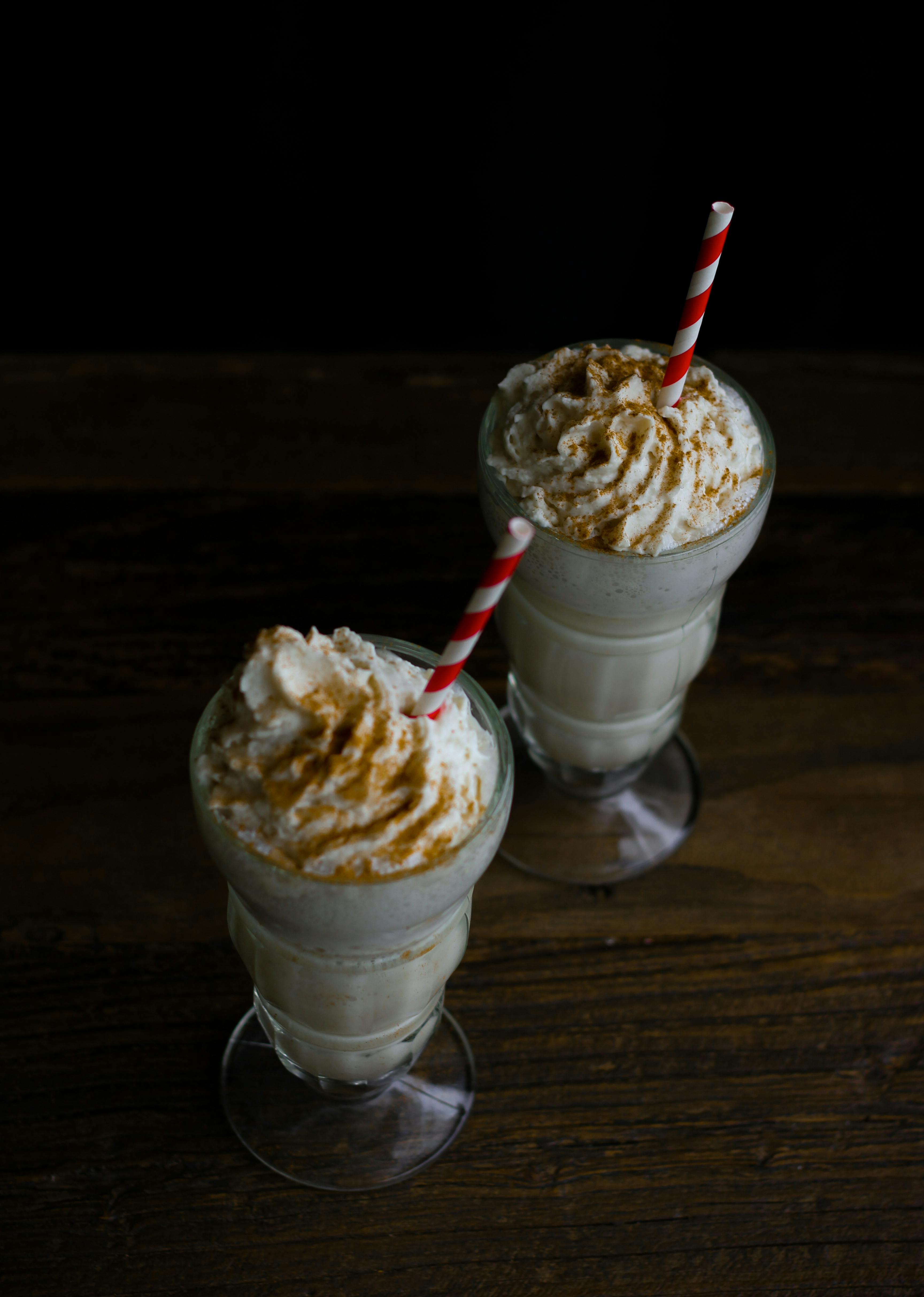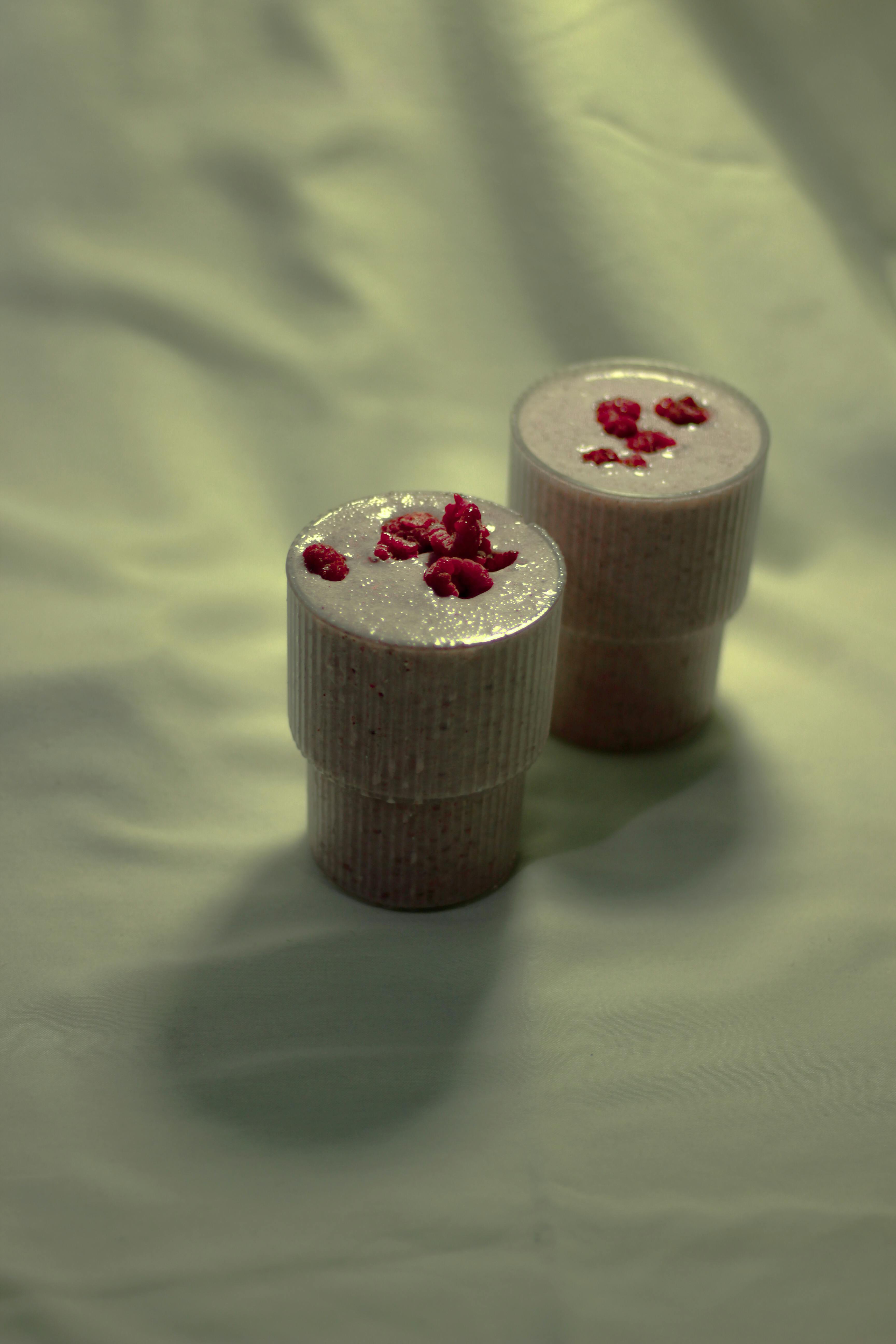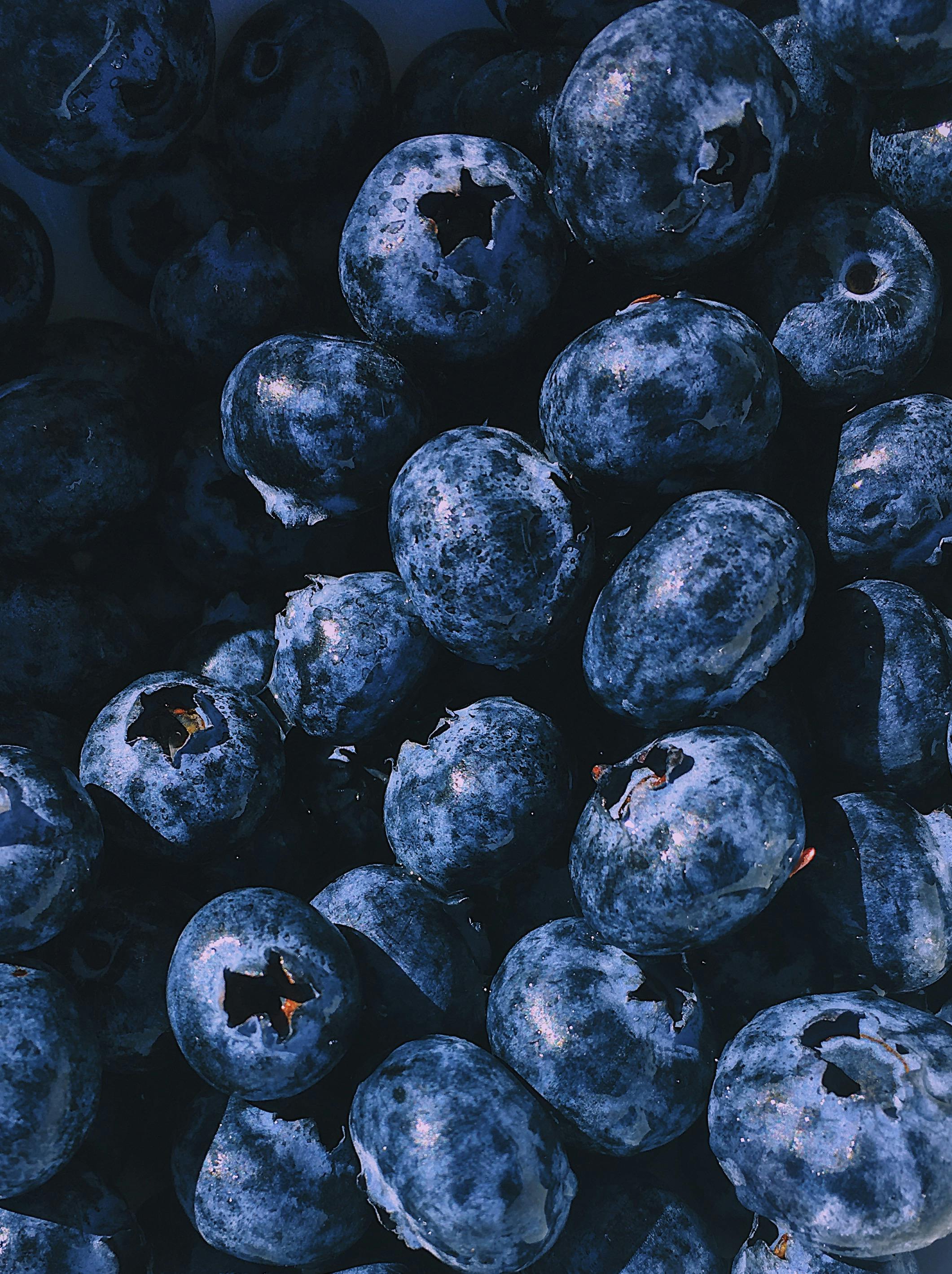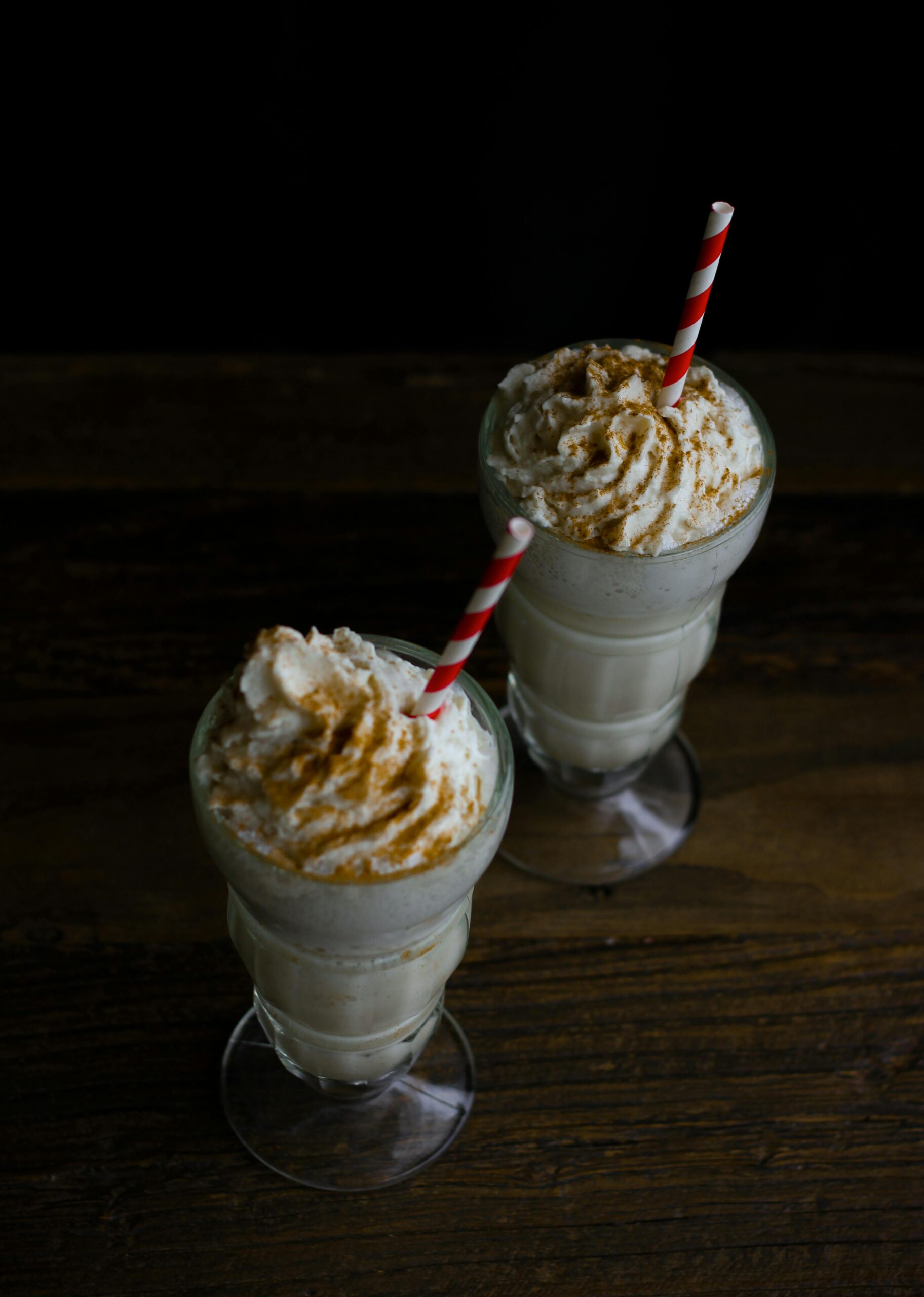Ultimate Guide to Healthy Milkshakes and Smoothies
Healthy milkshakes and smoothies are more than just trendy drinks—they’re nutritional powerhouses packed with flavor and function. In today’s fast-paced world, they’re essential for anyone seeking a balanced, on-the-go diet. This comprehensive guide explores their benefits, ingredients, creation methods, and long-term wellness impact.

Understanding the Fundamentals
Healthy milkshakes and smoothies combine fruits, vegetables, protein sources, and liquids into convenient beverages. Unlike sugary commercial drinks, these are crafted to nourish the body while satisfying cravings. Their popularity has surged due to increased awareness of nutrition and fitness.
By blending whole foods into a drinkable format, smoothies and milkshakes offer an easy solution for busy people. Think of them as the Swiss Army knife of nutrition—customizable, efficient, and incredibly versatile.
1.1 The Difference Between Smoothies and Milkshakes
While often used interchangeably, smoothies typically focus on fruits and vegetables blended with juice or plant-based milk, whereas milkshakes incorporate dairy or dairy alternatives, often with a creamy texture and added protein. According to a 2024 consumer trends study, smoothies are preferred in the morning, while milkshakes dominate post-workout recovery.
For example, a green spinach smoothie energizes your morning, while a chocolate banana protein milkshake aids muscle repair. One common misconception is that all milkshakes are sugar-laden; however, when made right, they’re a key part of a healthy lifestyle.
1.2 Key Nutritional Elements
Both smoothies and milkshakes can be packed with fiber, antioxidants, vitamins, and minerals. What makes them unique is their liquid delivery system, which promotes faster digestion and absorption of nutrients. Compared to solid meals, they’re quicker to prepare and consume.
Consider this: a smoothie bowl with acai, berries, and chia seeds offers omega-3s and antioxidants, perfect for anti-aging and heart health. By tailoring ingredients, they can suit specific goals like weight loss, energy boosting, or even detoxification.
Practical Implementation Guide
Now that we understand the basics, let’s explore how to start making healthy milkshakes and smoothies at home. With the right tools and mindset, you can integrate these beverages into your daily routine seamlessly.

2.1 Actionable Steps
- Choose Your Base: Use almond milk, oat milk, Greek yogurt, or coconut water for low-calorie options.
- Pick a Protein: Options include whey protein, pea protein, or even silken tofu for a plant-based twist.
- Add Fruits and Vegetables: Spinach, kale, berries, and bananas are popular for flavor and nutrition.
- Boosters: Chia seeds, flaxseed, nut butters, and spices like cinnamon enhance taste and health benefits.
- Blend and Serve: Use a high-speed blender for a creamy consistency. Drink fresh or store up to 24 hours.
2.2 Overcoming Challenges
Creating the perfect healthy milkshake or smoothie can come with a learning curve. Here are some common obstacles:
- Watery Texture: Use frozen fruit or less liquid to thicken.
- Too Bitter: Add natural sweeteners like dates or honey.
- Lack of Protein: Incorporate Greek yogurt or a scoop of protein powder.
- Low Satiety: Add healthy fats like avocado or almond butter.
- Separation: Blend longer or consume immediately.
Experts recommend preparing smoothie packs in advance to save time. Troubleshoot with ingredient swaps and texture testing until you find your perfect blend.
Advanced Applications
Once you’ve mastered the basics, you can start using healthy milkshakes and smoothies for specific health goals and lifestyle enhancements. These advanced uses turn your drink into a personalized wellness solution.

3.1 Performance and Recovery Smoothies
Post-workout smoothies rich in protein, electrolytes, and anti-inflammatories help with muscle recovery and endurance. One popular example is the banana-berry protein blast with magnesium-rich spinach and BCAAs, often used by athletes.
According to fitness nutrition experts, a protein-rich smoothie within 30 minutes post-exercise improves muscle repair by up to 40%. These aren’t just trendy—they’re science-backed nutrition tools.
3.2 Immune-Boosting and Detox Smoothies
Using ingredients like turmeric, ginger, citrus fruits, and spirulina, you can enhance immune support and detoxification. These smoothies are perfect for seasonal transitions or recovery periods.
They’re also ideal for integrating with intermittent fasting or anti-inflammatory diets. Their compatibility with other wellness systems makes them an essential part of holistic health planning.
Future Outlook
The future of healthy milkshakes and smoothies looks promising. With rising health awareness and personalized nutrition tech, the industry is projected to grow by 7.2% annually through 2030. Smart blenders, AI-driven nutrition apps, and bio-personalized meal plans will drive innovation.
Expect ingredients like adaptogens, mushrooms, and algae to become mainstream. By staying informed, readers can be early adopters and maximize the health benefits of these future-forward beverages.
Conclusion
Healthy milkshakes and smoothies are nutrient-rich, time-efficient, and incredibly versatile. From boosting immunity to aiding muscle recovery, their benefits are endless.
Start experimenting with your own blends today. Embrace this lifestyle upgrade, and see how easy it is to fuel your body with purpose. Consider keeping a smoothie journal or investing in a quality blender to kickstart your journey.
Frequently Asked Questions
- Q: What is the difference between smoothies and milkshakes? Smoothies are usually fruit or vegetable-based, while milkshakes are creamier and often include dairy or plant-based milk and protein.
- Q: How do I start making healthy milkshakes and smoothies? Begin with simple recipes using fruits, protein, and a liquid base. Gradually add superfoods and other boosters.
- Q: How much time does it take to prepare one? Preparation takes around 5–10 minutes. Pre-portioning ingredients can reduce this further.
- Q: Are homemade smoothies cheaper than store-bought? Yes, making them at home can cut costs by 50–70%, depending on the ingredients used.
- Q: How do smoothies compare to protein bars? Smoothies often provide fresher nutrients, better hydration, and are more customizable, while bars are more portable.
- Q: Is it hard to make smoothies taste good? Not at all! Use natural sweeteners, spices, and experiment with textures until you find what works for you.
- Q: Can I use these for my wellness coaching business? Absolutely! Tailor recipes for your clients’ needs and use them as part of broader wellness programming.
